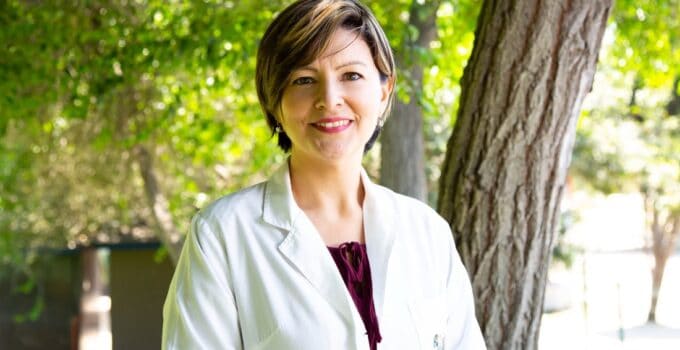Indications for Insulin use | Sugar-lowering non-insulin drugs | Range of various disorders | Other drugs used in the of diabetes treatment | What is sclerosis?
The basic principles of the mellitus diabetes treatment are taking drugs that lower blood glucose levels, drugs that help prevent and correct complications, as well as an adequate diet and lifestyle. A key drug for diabetes is insulin.
______________
Indications for Insulin use
- Type 1 diabetes mellitus with a complete loss of the ability of β-cells to synthesize insulin (destruction of β-cells).
- Type 2 diabetes mellitus with signs of β-cell depletion, when the resulting insulin is not able to cover the body’s needs for this hormone.
- Lack of response to sugar-lowering drugs.
- A diabetic coma, regardless of its nature: even a single case of the development of a coma indicates a marked deficiency of insulin in the body.
- Severe damage to the liver and kidneys, accompanied by a pronounced functional decline.
- Pregnancy: insulin is a natural hormone for the fetus, while sugar-lowering drugs have a damaging effect on its tissues
- Acute diseases, exacerbation of chronic diseases, injuries, surgeries: stress hormones are produced that increase the insensitivity of cells to insulin, while the need for it increases in such situations.
______________
Sugar-lowering non-insulin drugs
Sugar-lowering non-insulin drugs include several groups of drugs: sulfonylurea derivatives (stimulate the production of insulin in beta cells), biguanides (inhibit the synthesis of glucose in the liver, accelerate the utilization of glucose in non-insulin-dependent tissues and improve fat metabolism), and alpha-glucose inhibitory inhibitors inhibit glucose uptake, thiazolidinediones (increase the sensitivity of receptors to insulin). All these drugs act only in the presence of insulin, an important condition for their use is a healthy liver and kidneys, since these drugs must be removed from the body to prevent toxic effects.
In the process of diabetes treatment, one has to cope not only with problems caused by insulin deficiency, but also with a whole range of various disorders
Range of various disorders
In the process of treating diabetes, one has to cope not only with problems caused by insulin deficiency, but also with a whole range of various disorders. So, it is necessary to normalize not only carbohydrate, but also fat metabolism, correct hormonal imbalances, improve vascular patency, improve tissue nutrition (primarily vascular walls), strengthen immunity, activate restoration processes in tissues, and treat already existing complications, for example, hypertension, impaired brain function, etc.
______________
Other drugs used in the of diabetes treatment
Other drugs used in the treatment of diabetes include drugs that restore cerebral and cardiac circulation, improve blood flow, antispasmodics (relieve muscle and vascular spasms), drugs that reduce blood pressure, normalize fat metabolism, immunostimulants, enzymes, hormones, vitamins and etc. When drug treatment is ineffective, hardware methods are used, for example, laser coagulation of the retinal vessels in diabetic retinopathy, hemodialysis in case of renal failure. In severe cases, they resort to surgery: kidney transplantation, removal of the gangrenous limb, etc.
None of the existing drugs and methods do not solve such a crucial problem as the cleansing of tissues from dead cells
check here first before it will go worse
At the same time, none of the existing drugs and methods do not solve such a crucial problem as the cleansing of tissues from dead cells. A high concentration of glucose in the blood (glucose toxicity) and impaired fat metabolism (lipotoxicity) lead to massive cell death. In order for new functional cells to appear in their place, it is necessary to remove areas of dead tissue from the organ. Without this, all measures aimed at activating restoration processes will not produce the desired effect.
The only result that can be achieved is the proliferation of connective tissue in the foci of necrosis. Connective tissue cells help fill the “voids” formed at the site of the dead structures, but they cannot take on the function of the lost cells.
______________
What is sclerosis?
Replacing the functional tissue of an organ with connective tissue is called sclerosis: kidney sclerosis leads to renal failure, liver sclerosis (cirrhosis) leads to the accumulation of toxic substances in the body, the growth of connective tissue in the muscles leads to impaired motor activity, in joints and ligaments to immobility of the joints and etc. Thus, the entire list of existing drugs for the treatment of complications of diabetes does not help to solve the problem radically and does not lead to a significant increase in the quality of life and increase its duration. However, with an integrated approach to treatment, when in addition to drugs, physiotherapeutic methods of treatment are also used (for example, phoning), it is possible to heal the entire body and create conditions for the withdrawal of dead cells.

